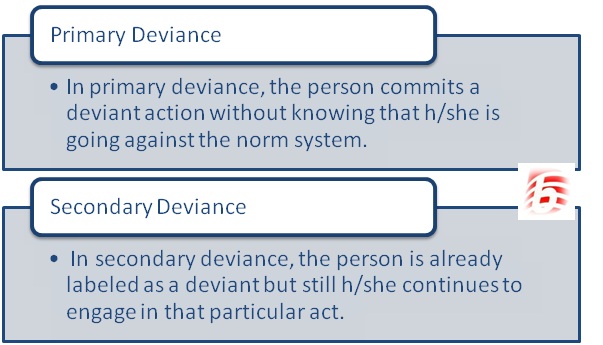Primary vs Secondary Deviance
Deviance is a sociological concept referring to behaviors that are unacceptable within a specific community. Each community has its own values and norms that citizens are expected to follow. Those who go against these norms are considered deviants. Primary and secondary deviance were introduced by Edwin Lemert as part of his labeling theory. In primary deviance, a person commits a deviant act without realizing they are going against the norm system. However, in secondary deviance, the person has already been labeled as a deviant but continues to engage in the act. This article will examine primary and secondary deviance in more detail.
What is Primary Deviance?
In primary deviance, the person is unaware that they are engaging in a deviant act and, as a result, does not view it negatively. For instance, a young boy may smoke cigarettes if his peer group also smokes. In this case, the boy engages in this behavior with others and does not see it as wrong. This is an example of primary deviance. If the community asks the boy to stop smoking and he listens and accepts the social norm, he is not labeled as a deviant. However, if he continues to smoke, he will face penalties within the community. If the boy still does not stop smoking after being punished, secondary deviance occurs.
What is Secondary Deviance?
In secondary deviance, the person has already been labeled as a deviant but continues to engage in the deviant act. Using the previous example, the boy has two options: stop smoking or continue regardless of the social norms. If he chooses the latter, the community will punish him and label him as a deviant. If the boy persists in smoking, secondary deviance arises.
Key Takeaways
- In primary deviance, the individual is unaware they are engaging in a deviant act, while in secondary deviance, they are conscious of their actions and continue despite being labeled and punished.
- Primary and secondary deviance both involve a violation of social norms but differ in the individual’s awareness and reaction to their behavior.
- What is considered deviant in one community may not be seen as such in another, as each society has its own set of values and norms.
